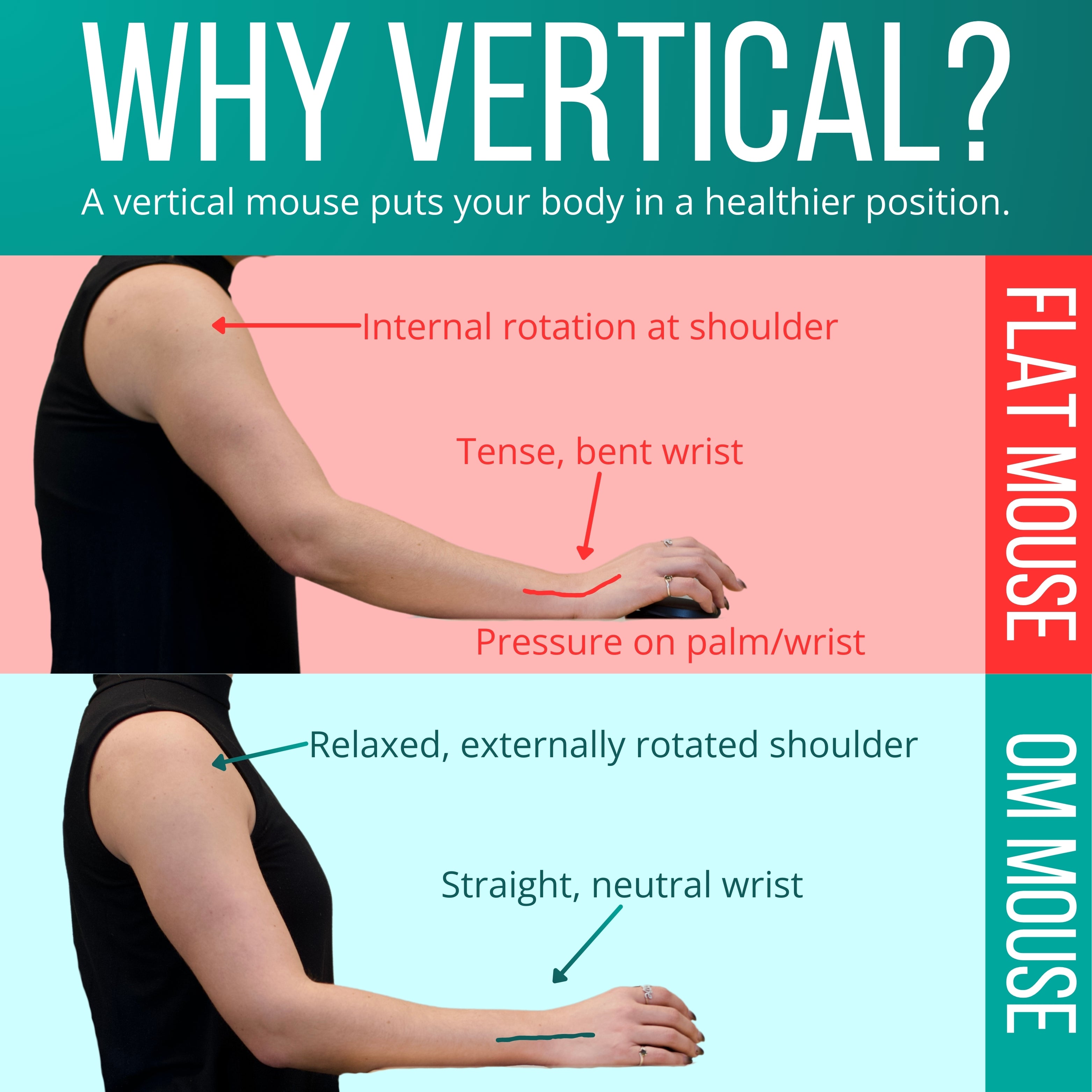If someone told you that simply hanging from a bar for a few minutes a day could reduce back pain, improve your posture, strengthen your grip, and even help you breathe better, you'd probably raise an eyebrow. It sounds too simple to be effective—yet this age-old, bodyweight-friendly practice is one of the most powerful and accessible things you can do for your body.
Hanging, in its most basic form, just means suspending yourself from something—a pull-up bar, monkey bars at the park, even a sturdy tree branch. And while it might bring back playground memories more than serious fitness routines, science and movement experts increasingly point to hanging as a highly beneficial tool for decompressing the spine, restoring shoulder health, and developing real-world strength.
Let’s dive into why hanging deserves a place in your daily routine—and how to get started without turning it into a full-blown gym workout.
1. Spinal Decompression: Gravity, but Make It Therapeutic
Most of us spend our days compressed—literally. Whether we’re sitting in a chair, slouched over a phone, or carrying bags, gravity is constantly loading our spines in a downward direction. Over time, that pressure can cause the vertebrae and discs to stiffen, compact, or misalign, often leading to discomfort or chronic pain.
Hanging gives your spine a break. It allows the vertebrae to gently separate and lengthen, reducing compression and encouraging more fluid movement between the discs. People with lower back tension or who feel stiff from long hours of sitting often report immediate relief after just a few seconds of hanging.
Unlike inversion tables or decompression machines, hanging is simple, scalable, and free.
2. Shoulder Health: A Forgotten Range of Motion
Shoulders are complicated, high-use joints that get surprisingly little full-range motion in modern life. We rarely reach overhead anymore, and when we do, it’s often under load or with poor mechanics.
Hanging—especially passive hanging where you just relax into the position—helps restore your shoulder's natural ability to operate in an overhead position. It stretches the lats, opens the chest, and gently encourages the shoulder capsule to move the way it was designed to.
Dr. John Kirsch, an orthopedic surgeon, even built a rehabilitation protocol around passive hanging for shoulder impingement and rotator cuff issues—with remarkable success. Many people who've been told surgery is their only option find that regular hanging helps restore function and reduce pain.
3. Grip Strength: The Forgotten Marker of Longevity
Grip strength isn’t just about holding heavy weights or opening pickle jars (though it helps with both). It’s actually been correlated with overall health and longevity. A strong grip often reflects well-functioning musculature and a healthy nervous system.
When you hang, your grip is fully engaged—no machines, no tricks. Over time, hanging builds endurance in the hands, forearms, and even the shoulders and upper back. That means you’re more prepared for real-life tasks like carrying groceries, hiking, or playing sports.
And the best part? The gains come with minimal time investment.
4. Posture Reset: Open the Chest, Drop the Tension
One of the hidden benefits of hanging is the way it subtly resets your posture. When you allow your body to stretch vertically and your arms to move freely overhead, you counteract hours of slouching, desk-hunching, and phone-scrolling.
Hanging lengthens the spine and lifts the ribcage, giving your lungs more room to expand. It also opens the shoulders and chest, which can naturally pull your head back into alignment. It’s not a silver bullet for bad posture, but it’s a powerful daily nudge toward better alignment.
Even a quick 30-second hang can serve as a physical and mental “reset button.”
5. A Nervous System Bonus: Calm, Focus, and Awareness
There’s something strangely meditative about hanging. Your body is suspended, your grip is focused, and your breath slows down. It’s a state of mild tension and alertness that can feel grounding—like your system recalibrates.
Proprioception (your sense of body awareness in space) gets a tune-up during hanging. That’s great for balance, coordination, and functional movement in everything from sports to daily tasks.
It’s also a quiet little rebellion against the speed and tension of modern life.
How to Start Hanging (Without Overdoing It)
You don’t need to be a gymnast or climber to reap the benefits of hanging. Start simple and build gradually:
-
Find a bar: A doorway pull-up bar, jungle gym, or even a sturdy tree branch works. Or maybe a pull-up bar desk!
-
Begin with passive hangs: Let your body dangle, relaxed, with arms extended. Keep your feet lightly touching the ground if needed.
-
Start with 10–30 seconds: Do this once or twice a day. Gradually work up to longer durations or multiple sets.
-
Listen to your body: Some initial discomfort is normal, especially in the shoulders or grip. Sharp pain is not.
If you want to progress, you can explore active hanging (engaging your core and scapula), hanging with twists, or even adding movement like leg raises or pull-ups.
Final Thoughts: Hanging as a Daily Practice
Hanging might not look glamorous. It doesn’t come with fancy gear or complicated routines. But that’s exactly its strength. It reconnects you to a primal, essential movement—something your body was built to do.
Whether you’re chasing better posture, fewer back aches, or just a stronger grip, try adding hanging to your day. Think of it as a stretch, a strengthener, and a reset switch—all in one.
And yes, the playground counts.









































